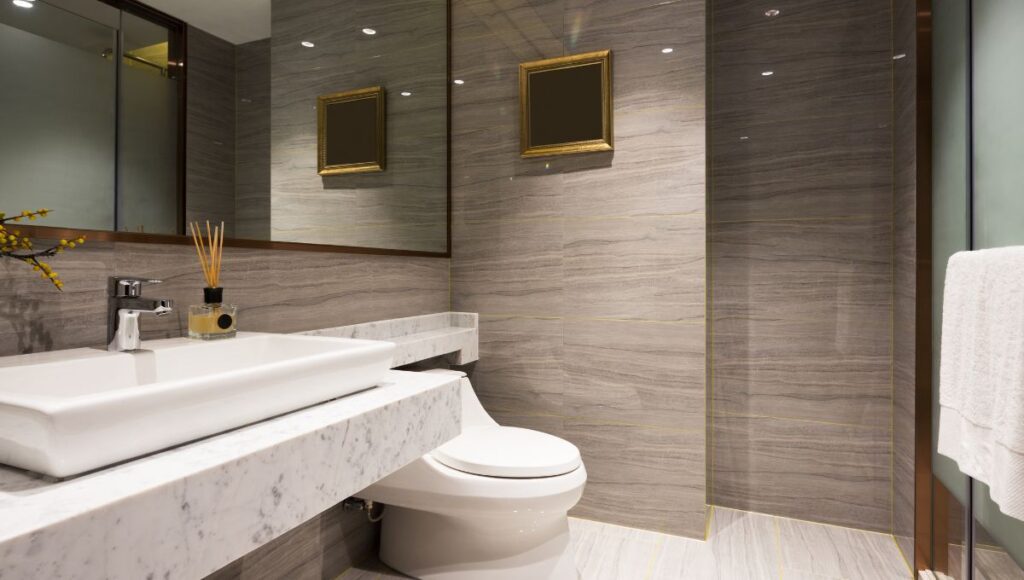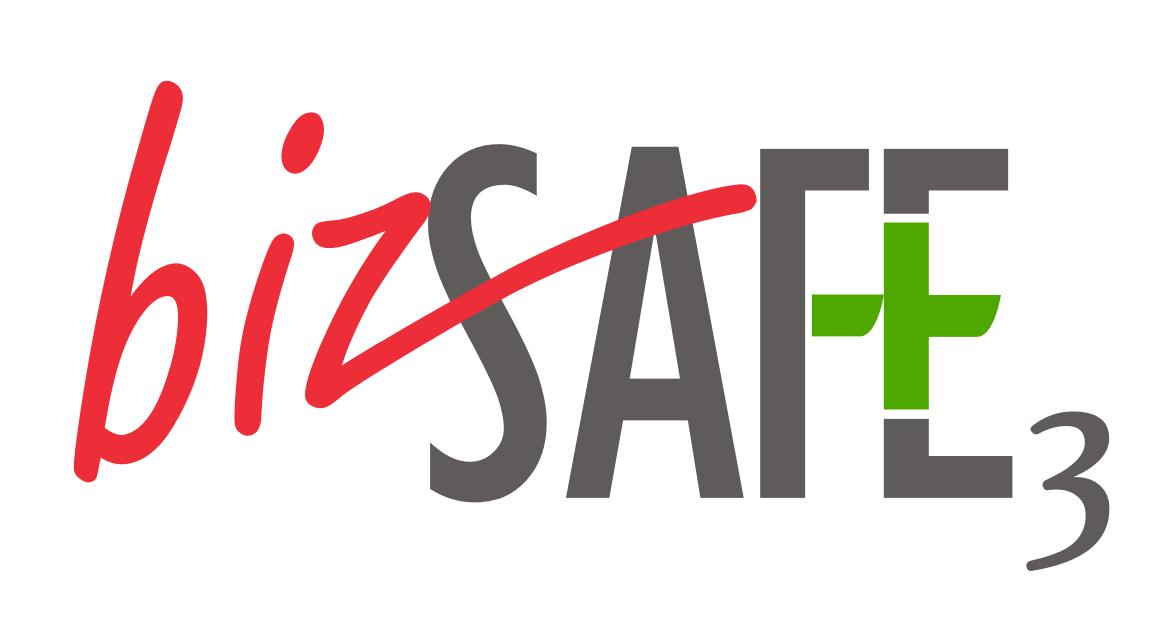
Have you ever walked into your bathroom to find an unexpected puddle around your toilet base? Or worse, received that dreaded phone call from your downstairs neighbor about water spots on their ceiling? In Singapore HDB flats, toilet leaks are not just a nuisance – they’re expensive problems that can destroy your home, increase your utility bills, and even try the patience of neighbors. From cracked seals to broken toilet bowls to deteriorating waterproofing coats, these sneaky pests can escalate from a minor annoyance to a major headache in a split second.
The good news? You don’t have to tolerate a dripping loo or call expensive professionals at first for every drip and drop. With mysterious puddles, rising water bills, or avoiding leaks ahead, this ultimate guide has you covered. We’ll guide you by the hand in understanding the common causes of Singapore flat toilet leakages, show you available DIY repair solutions step by step that you can carry out today, and provide helpful maintenance tips to keep your bathroom dry and functioning for years to come. Let’s cap toilet troubles once and for all!
Understanding Toilet Leakage in Singapore HDB Flats
Toilet leakage is a very common problem encountered by most HDB flat owners in Singapore. It is important to determine the true cause of your toilet leak to make proper repairs. Let us examine the top five causes of toilet leaks in Singapore HDB flats.
1. Defective Wax Ring Seal
The seal of wax ring is watertight between your floor drain and toilet bowl. When the flush occurs, water will leak out if this seal is worn or damaged, leading to water pooling around the base of your toilet. This is particularly common in older HDB flats where the original wax rings would have worn over a period of time. You can have water spots at the front of the toilet or even on the water stains on the unit ceiling beneath your own.
2. Cracked Toilet Bowl or Tank
Physical deterioration of your toilet bowl or tank can lead to persistent leaks. Hairline cracks can develop due to age, bad installation, or injuries from impacts. These cracks tend to grow larger over time and lead to big water leakage issues. You might notice water pooling around your toilet even when it is not in use, and a broken piece might be the culprit.
3. Loose or Old Water Supply Line
The water supply pipe is between your toilet tank and the main water supply. With time, the lines loosen or the line corrodes and starts leaking water. You would see water trickling from the joining points or along the supply pipe. It is common in older HDB flats where the initial plumbing fittings have not been replaced.
4. Faulty Flapper Valve
Inside your toilet tank, the flapper valve is the one that controls water flow from the tank to the bowl when the toilet is flushed. If this valve does not close properly, water continuously leaks from the tank into the bowl, creating a continuous running toilet. In addition to wasting water (potentially increasing your water bill), it can also be an indication of other problems inside your toilet flushing system.
5. Worn Pipe Joints or Sewer Line Problems
Other than the visible components of your toilet, faulty pipe joints, cracks, or sewer line issues are also likely to bring about the same issue. These are typically more difficult to diagnose without professional assistance. Signs include repeated wet areas along walls close to your toilet, bad odors, or continued leakage even after fixing other potential causes.
For older HDB flats, however, these can be aggravated by compromised waterproofing across the bathroom, and more extensive solutions than mere component substitution may be needed.
After learning the most common causes of the leakage in your toilet within your Singapore HDB flat, you are now better able to fix the problem. In the subsequent section, “DIY Toilet Leakage Repair: Step-by-Step Fixes,” we’ll guide you through do-it-yourself fixes that you can perform yourself to fix these common issues before they require professional help.
DIY Toilet Leakage Repair: Step-by-Step Solutions
Having known the common causes of toilet leakage in Singapore HDB flats, let us dive into simple DIY solutions you can undertake before calling a professional. Because toilets are one of the most frequented areas in your home, knowing how to fix simple leak issues can save you money and time.
Fixing a Leaky Flapper Valve
The flapper valve is the most common culprit when it comes to toilet leaks. When the valve goes bad, water continuously drips from the tank to the bowl, down the drain, and into your wallet.
How to fix a leaky flapper valve:
- Turn off the water supply to the toilet
- Flush to empty the tank
- Check the flapper for wear, warping, or mineral buildup
- Clean the valve seat and flapper if there are mineral deposits
- Replace the flapper if damaged (available at most hardware shops in Singapore)
- Install the new flapper correctly
- Turn on the water supply and test for leaks
Tightening Loose Water Connections
Loose connections will cause water to spill over around joints and fittings. The leak can be evident or hidden, resulting in wastage of water as well as damage to surrounding areas.
Finish the following steps to fix loose connections:
- Inspect all available connections, such as the water supply line to the tank
- Use an adjustable wrench to tighten any loose bolts or nuts carefully
- Do not over-tighten because it will crack the porcelain or destroy the fittings
- Test the connection between the tank and bowl for leaks
- Tighten the tank-to-bowl bolts equally on both sides
Replacing a Broken Wax Ring
The wax ring creates a watertight seal between your toilet bowl and floor flange. If the seal is broken, water is able to seep onto your bathroom floor and, worse still, impact the ceiling of the unit below in HDB flats.
Below is a more involved but still possible repair:
- Switch off the water supply
- Drain the toilet completely
- Loosen and disconnect the water supply line
- Disconnect the nuts supporting the toilet to the floor
- Gently pull out and lift the toilet
- Remove the old wax ring and sanitize the flange area thoroughly
- Add a new wax ring to the flange
- Carefully reseat the toilet and push firmly
- Bolt the toilet in position and reconnect the water supply
- Test for leaks after installation
When to Call a Professional Plumber
Although most toilet leaks can be fixed with DIY methods, there are instances when professional assistance is required:
- If you’ve attempted the above DIY fixes without success
- When leaks are in hidden or hard-to-reach areas
- When there is serious water damage to adjacent buildings
- When repairs cover complex plumbing systems
- When the leak is on the main supply pipe
Trained Singapore plumbers charge SGD 40-80 for minor toilet repairs, ranging from unclogging toilets to replacing siphons and repairing open pipes.
With these home-based repair techniques, you can repair most of the common toilet leak problems in your HDB flat. Do note that early leak maintenance saves water and also prevents any potential damage to your residence. Later in this article, we’ll provide preventive maintenance tips to help you never experience a toilet leak again.
Preventing Future Toilet Leaks: Maintenance Tips
With the step-by-step fixes for toilet leakages completed, let’s now discuss how we can prevent these from occurring in the first place. Regular maintenance routines can save you from the hassle of unexpected leaks in your HDB flat and can even reduce your water bill significantly.
Regular Inspection Routines
Having a consistent inspection schedule is key to maintaining your toilet in working condition:
- Weekly visual checks: Take a couple of minutes every week to inspect for water buildup at the bottom of your toilet. Inspect the floor for any sign of moisture or staining, which would be indicators of a developing leak.
- Monthly component inspection: Inspect all the moving parts inside your toilet tank, including the fill valve, flapper valve, and float mechanisms. Ensure they are working smoothly without any sign of wear.
- Quarterly deep clean: Clean mineral buildup on toilet components that can impair seal action. The flapper is particularly important since it should seal watertight following every flush.
Early Warning Signs to Watch For
Keeping an eye out for these warning signs can help you repair potential leaks before they become big problems:
- Phantom flushes: If your toilet suddenly flushes by itself, it indicates that there is a leaky flapper valve that’s causing water to drip from the tank to the bowl.
- Runny toilet: Continuous sound of running water indicates that your toilet is not shutting off after you have flushed, which can be due to a fill valve or float mechanism failure.
- Toilet instability: Any rocking or movement when you sit on the toilet could be a sign of closet bolt or wax ring problems at the bottom, which can lead to leakage.
- Ceiling discoloration: If you live in a multi-story HDB, check for water marks on the ceiling level immediately below your bathroom, which typically signifies toilet leakage issues from the unit above.
Cost-Effective Preventive Measures
Adhering to these preventive measures can save you from incurring expensive repairs and water bills:
- Replace worn-out parts in a timely fashion: Don’t wait for complete failure—replace parts like flapper valves and fill valves at the first sign of wear. These are inexpensive parts that can prevent costly water damage.
- Install water-conserving features: Replace with dual-flush models or low-flow components, which conserve not only water but also reduce the load on toilet mechanisms.
- Temperature and humidity control: Ensure your bathroom has adequate ventilation to prevent excessive humidity, which can accelerate the deterioration of toilet components.
- Quality materials matter: When replacing any toilet parts, invest in quality components rather than the cheapest options available. Higher-quality materials typically offer better durability and performance for your HDB toilet.
By applying these tips for routine maintenance on a regular basis, you will significantly reduce the chances of having toilet leaks in your Singapore HDB flat. Not only does this prevent the inconvenience of unexpected repairs, but it also protects your home from water damage and ensures your toilet remains efficient for years to come.
Conclusion
Once your toilet starts leaking in your Singapore flat, quick action is essential to prevent water damage, the spread of germs, higher utility bills, and even potential conflicts with neighbors. Whether you choose to fix the issue yourself or call in professional help, the key is to address the root cause, not just the symptoms.
Worn-out seals, broken components, leaking pipes, or failing waterproofing systems are common culprits. Timely maintenance, regular inspection, and proper repairs can save you from costly emergencies down the road.
If leaks become frequent or persist despite your efforts, it’s time to engage a professional. A reliable Bathroom Water Leakage Repair Service in Singapore can provide targeted, long-term solutions—especially when waterproofing membranes or internal plumbing systems are involved.
Specialized service providers like Allseal Waterproofing understand HDB layouts and the challenges of Singapore’s humid climate. Their expertise helps protect your bathroom’s structural integrity and keeps your home leak-free and worry-free for years to come.
Don’t let a small leak grow into a major headache—take the right steps today to protect your home, your health, and your wallet.

